NEW DATA: Loyalty Programs Help Independent Restaurants Boost Customer Spend
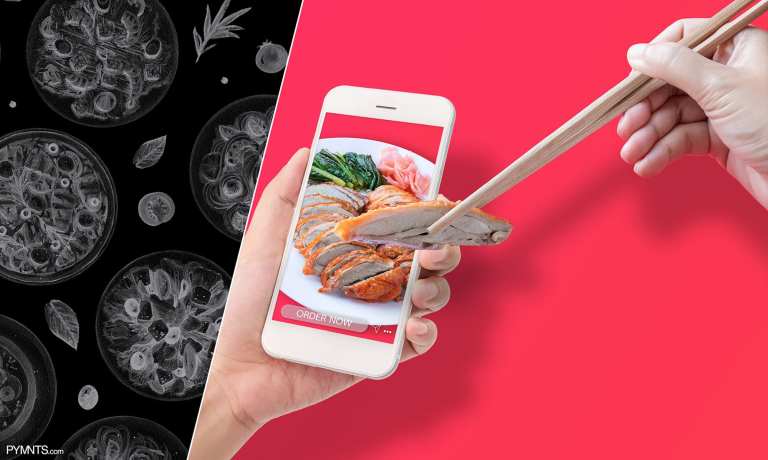
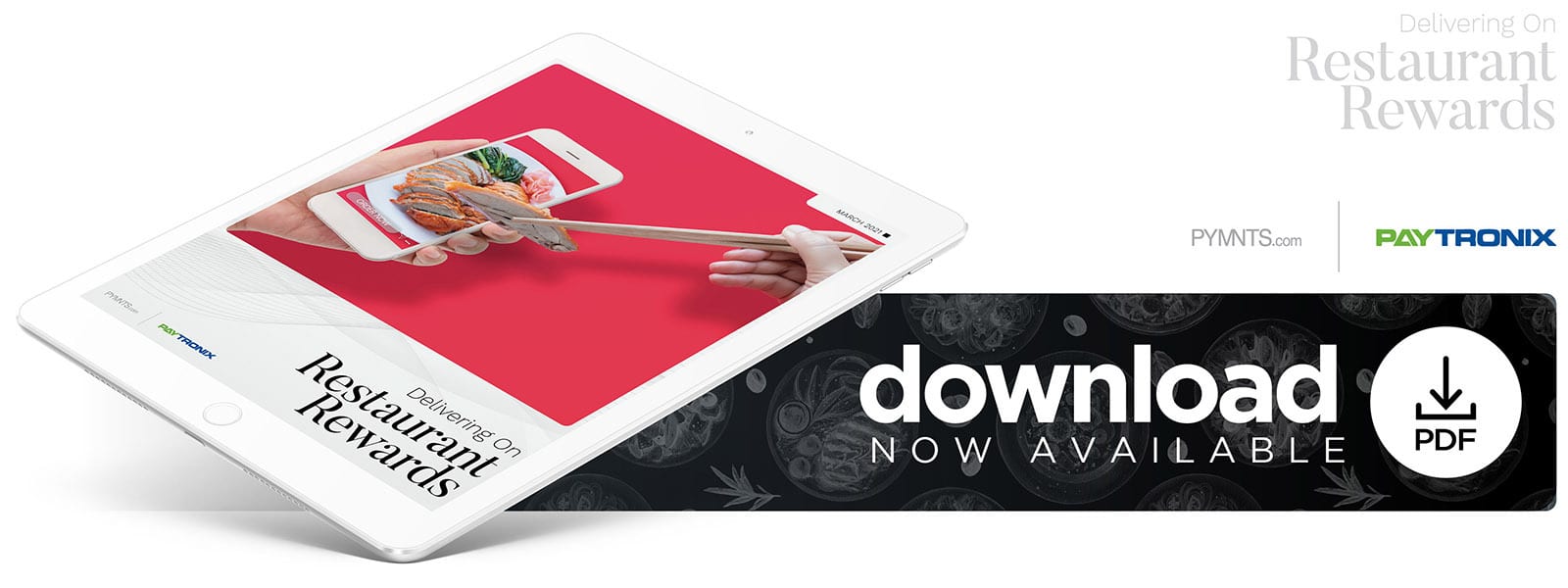 U.S. consumers are on a tight budget, and for many, restaurant orders are on the chopping block.
U.S. consumers are on a tight budget, and for many, restaurant orders are on the chopping block.
Roughly 10 percent of the U.S. consumers who ordered restaurant food before the pandemic have ceased doing so. This drop in consumer engagement can result in cash flow crunches that are particularly devastating to smaller, independent restaurants, which often have less funding on hand in case of an emergency.
The good news is that there are steps that independent restaurants can take to help 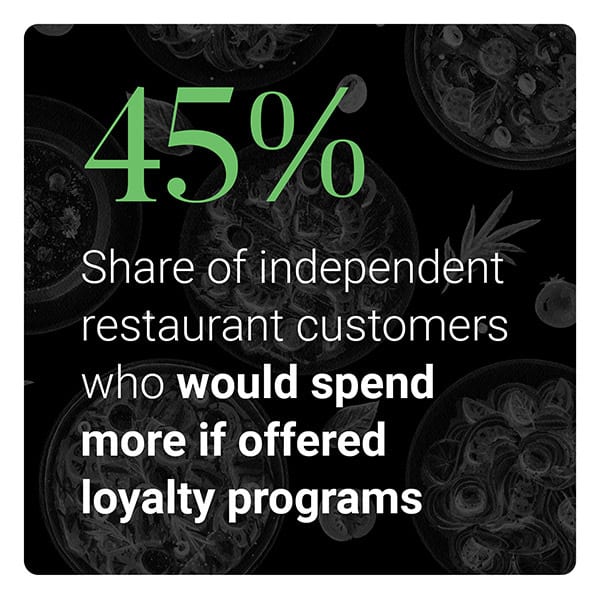 mitigate the risk of cash flow shortages and even boost their sales, such as by offering loyalty and rewards programs. Forty-five percent of independent restaurants customers say they would spend more on their food orders if their restaurants provided loyalty and rewards programs, in fact — offering independent restaurants an opportunity to generate more of the sales they need to stay in business.
mitigate the risk of cash flow shortages and even boost their sales, such as by offering loyalty and rewards programs. Forty-five percent of independent restaurants customers say they would spend more on their food orders if their restaurants provided loyalty and rewards programs, in fact — offering independent restaurants an opportunity to generate more of the sales they need to stay in business.
Loyalty and rewards programs are just one feature that can drive independent restaurant spend, however. PYMNTS research has identified a host of purchasing features that independent restaurants can use to help retain customers and boost sales. The question is, which of these features will yield the greatest results for different types of independent restaurants?
The March 2021 edition of Delivering On Restaurant Rewards, a PYMNTS and Paytronix collaboration, takes a close look at the effects of the pandemic on independent restaurants and how they can tailor their food ordering experiences to meet their customers’ unique needs. We surveyed a census-balanced panel of 2,130 U.S. consumers about whether they order from independent restaurants, how much they spend on those orders and which features would inspire them to increase their meal budgets.
PYMNTS’ research shows that independent restaurant customers no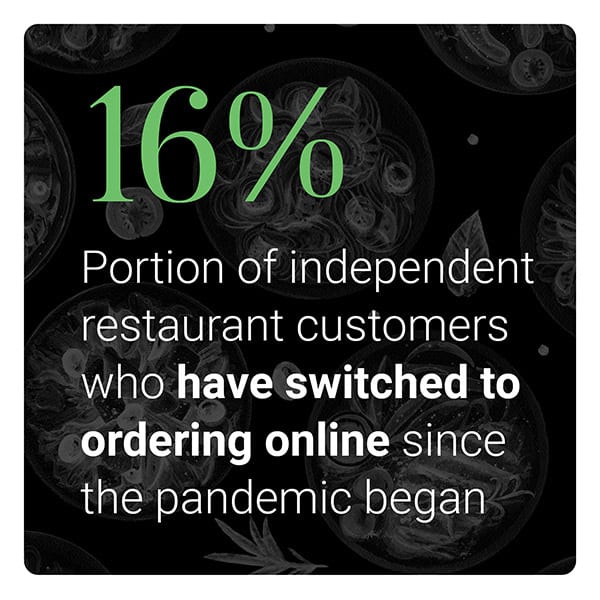 t only want more loyalty and rewards program options, but also have a taste for digital ordering features. Forty-five percent of independent restaurants’ monthly restaurant expenditure is now being used for online food orders. What’s more is that the independent restaurant customers who order online spend more than those who order on site or over the phone. Independent table-service restaurant customers who order online spend $190 each month on food orders, on average, while independent quick-service restaurant (QSR) customers who order online spend $184 per month on food orders. Independent sit-down restaurant and independent QSR customers who order and dine in person spend an average of just $129 per month and $144 per month on food orders, respectively, by contrast.
t only want more loyalty and rewards program options, but also have a taste for digital ordering features. Forty-five percent of independent restaurants’ monthly restaurant expenditure is now being used for online food orders. What’s more is that the independent restaurant customers who order online spend more than those who order on site or over the phone. Independent table-service restaurant customers who order online spend $190 each month on food orders, on average, while independent quick-service restaurant (QSR) customers who order online spend $184 per month on food orders. Independent sit-down restaurant and independent QSR customers who order and dine in person spend an average of just $129 per month and $144 per month on food orders, respectively, by contrast.
Many independent restaurant customers also say they would spend even more on their food orders if they were given more digital purchasing options. Thirty-nine percent would be willing to pay more if they could skip the line for in-store pickup, for example, and 31 percent would spend more if they could order via mobile app. There are also many consumers who would pay more for the ability to pay via contactless card or for curbside pickup options.
Not all independent restaurant custom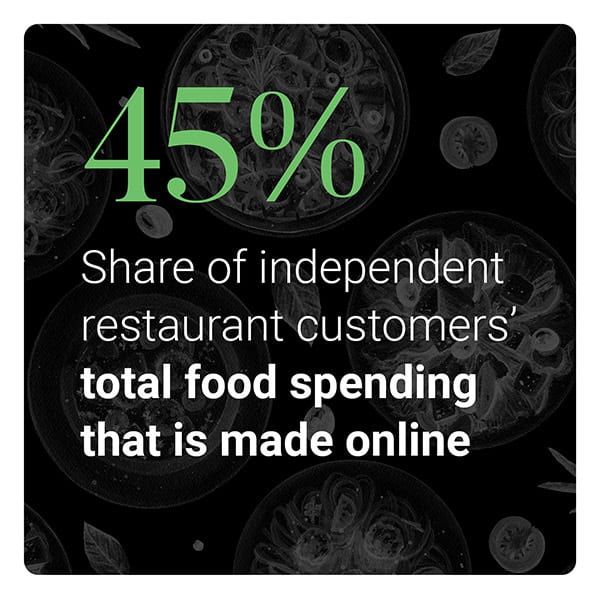 ers express the same interest in these features, however. The key to making the most of these features going forward will be for independent restaurants to gauge which features their customers want most. The March 2021 edition of Delivering On Restaurant Rewards can help them identify which ordering features are best suited to their circumstances.
ers express the same interest in these features, however. The key to making the most of these features going forward will be for independent restaurants to gauge which features their customers want most. The March 2021 edition of Delivering On Restaurant Rewards can help them identify which ordering features are best suited to their circumstances.
To learn more about which purchasing features independent restaurants should invest in to drive the most sales, download the report.